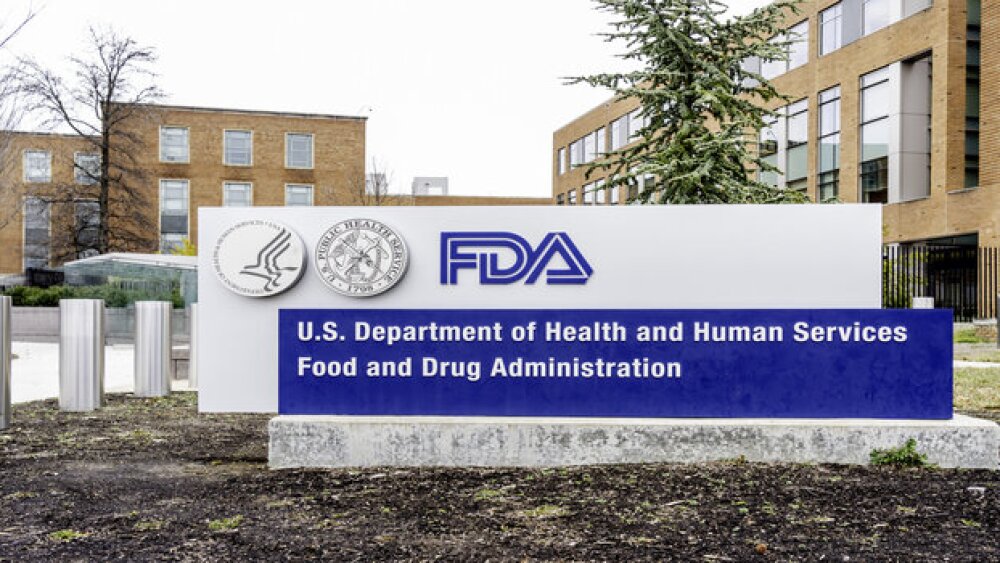ALEXANDRIA, Va., May 26 /PRNewswire/ -- More than 73 million Americans -- one-third of the adult population -- now have diabetes or may be on their way to getting it, according to a study published in the June issue of Diabetes Care.
A separate study also published this month finds that it may be necessary to lower cholesterol even further than previously believed in order to prevent heart attacks in people with type 2 diabetes. A third study reports that teenagers with type 2 diabetes are more likely to develop early symptoms of heart and kidney disease than teens who have type 1 diabetes, even when those with type 1 have been diagnosed with diabetes for a longer period of time and maintain poorer glycemic control.
Prevalence of Diagnosed Diabetes Still Rising
Researchers at the National Institute of Diabetes and Digestive and Kidney Diseases (NIDDK) and the Centers for Disease Control and Prevention found the prevalence of diabetes in America continues to climb. The study showed 9.3 percent of adults age 20 and older (19.3 million people) had diabetes in 1999- 2002. While the prevalence of undiagnosed diabetes has remained essentially stable since 1988-1994 at 2.8 percent, the prevalence of diagnosed diabetes rose sharply during the same period -- from 5.1 percent to 6.5 percent of the population.
Another 26 percent of Americans had impaired fasting glucose (IFG), a form of pre-diabetes. In pre-diabetes, glucose levels are higher than normal, even though they are not yet high enough for a diagnosis of diabetes. Pre-diabetes often leads to diabetes within 10 years, if steps are not taken to prevent it.
"Despite the fact that we now know how to prevent type 2 diabetes in many cases -- through lifestyle changes that include weight loss and increased physical activity -- we continue to see this disease climb," said lead researcher Dr. Catherine Cowie, Director of the Diabetes Epidemiology Program at NIDDK. "We also need to do a better job of diagnosing the one-in-three people with diabetes who don't know they have it, and the 26 percent of the adult population who have IFG."
"Obviously, we aren't doing enough to convince people they need to make changes in their lives," said Robert Rizza, MD, President, Medicine & Science of the American Diabetes Association (ADA). "Diabetes is a chronic and often debilitating disease that can cut short your life. The fact that we know how to prevent type 2 diabetes and we're still seeing this kind of increase is devastating."
The study compared data from the 1999-2002 National Health and Nutrition Examination Survey (NHANES) to that of the 1988-1994 NHANES. It found that minorities continue to suffer disproportionately, with prevalence rates nearly twice as high for African Americans and Mexican Americans as Caucasians. The report noted that Americans pay a high price for the rise in diabetes. The disease cost the U.S. an estimated $132 billion in medical expenses and lost productivity in 2002.
To reach lead researcher Catherine C. Cowie, PhD, please contact Joan Chamberlain, NIDDK Press Office, at 301-496-3583, or email niddkmedia@mail.nih.gov.
Higher Doses of Medication, Lower Cholesterol, and Fewer Heart Attacks
Lowering LDL cholesterol to below 80 mg/dl with atorvastatin significantly lowers the risk of heart attack in people who have both diabetes and heart disease, according to a study conducted by researchers from around the world. The study found that patients who took 80 mg of atorvastatin lowered their LDL cholesterol levels to 77.0 mg/dl and reduced heart attacks 25 percent more than patients who took just 10 mg of atorvastatin and lowered their LDL levels to 98.6 mg/dl.
The American Diabetes Association recommends that people with diabetes lower their LDL cholesterol to below 100 mg/dl because of their increased risk for heart disease and stroke. That's already lower than the level recommended for people who don't have diabetes (130 mg/dl). More than 65 percent of people with diabetes die from heart disease or stroke.
This study suggests that people who have both diabetes and heart disease should lower their LDL levels even further. The study was conducted over a five-year period by researchers at the University of Glasgow, United Kingdom; the Heart Research Institute, Sydney, Australia; Institut Pasteur, Lille, France; and American universities in California, Texas and New York.
To reach lead researcher Dr. James Shepherd, at the University of Glasgow, email jshepherd@gri-biochem.org.uk or phone 44 (141) 211-4628.
Complications Among T2 Youth Compared to Those Among T1 Youth
Teenagers with type 2 diabetes develop more serious complications than teens with type 1 diabetes, even when they have lived with the disease for a shorter period of time and maintain better glycemic control, according to a study by researchers in Australia.
The study found youth who had type 2 diabetes developed significantly higher rates of high blood pressure, which can lead to heart disease, and microalbuminuria, an early sign of kidney disease. The teens who developed type 2 were also more likely to be obese, which could be a factor in the development of these complications. Teens with type 1 diabetes were more likely to develop retinopathy, damage to the blood vessels in the eye that can lead to blindness.
To reach lead research Dr. Maria Craig, email mariac@chw.edu.au.
Diabetes Care, published by the American Diabetes Association, is the leading peer-reviewed journal of clinical research into the nation's fifth leading cause of death by disease. Diabetes also is a leading cause of heart disease and stroke, as well as the leading cause of adult blindness, kidney failure and non-traumatic amputations. For more information about diabetes, visit the American Diabetes Association Web site http://www.diabetes.org or call 1-800-DIABETES (1-800-342-2383).
American Diabetes AssociationCONTACT: Rachel Morgan of American Diabetes Association, +1-703-549-1500,ext. 2290
Web site: http://www.diabetes.org/




